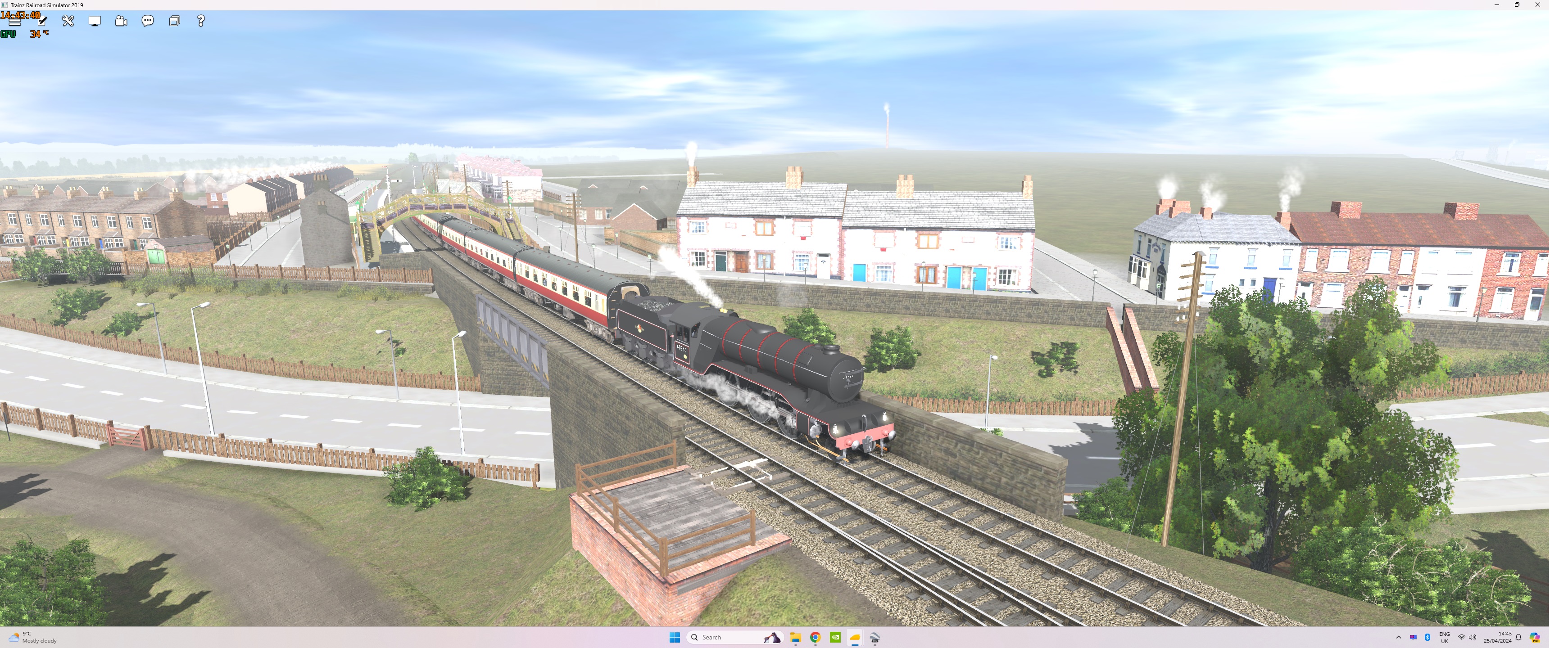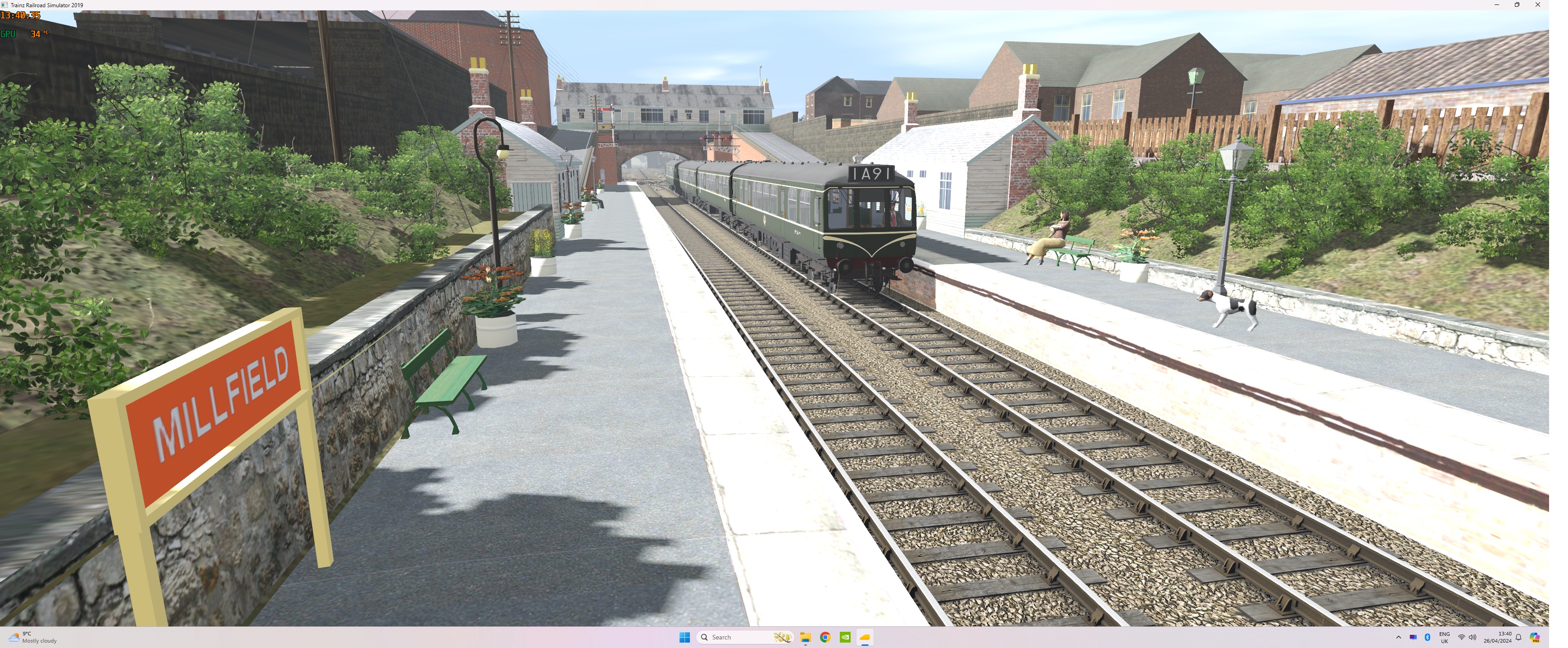borderreiver
Well-known member
I see from the 1896 25 inch to the mile map in the NLS that "The Long Run" of the Rainton and Seaham Railway was present but that it had gone by the time WWI started, with the 1914 survey being published in 1919.Seaton Bank Head was the top of the gruelling 1 in 39 climb from Ryhope station and although the box here closed in 1937 through the magic of Trainz it liveth again. I have a copy of a line plan from 1875 and at that time it had a network of sidings connecting with the Rainton & Seaham Wagonway. Here's V2 60975 passing southbound with a diverted passenger train, regular services having ceased in 1952.
V2 at Seaton Bank Head 24.04.24 by A1 Northeastern, on Flickr
It was not the first, nor by no means the last colliery branch to succumb to closure in County Durham.
Johnson's "North Eastern Steam" (Ian Allen 1989) has a shot of J27 No.65869 taking the gradient at the other end, near Ryhope. The regulator is fully open and the trailing load is around 12 empty 21T hoppers with a brake van. I imagine that it was not a favourite turn for Sunderland shed Firemen.
the same book also has a shot of a hard working snowplough-equipped Q6, No. 63395 with a trailing load of 16T mineral wagons bound for South Hetton Colliery taken between the sie of Seaton station and Seaton Bank Top.
Last edited:





